Last week we investigated the few Patanjali Yoga Sutras that specifically speak about asana. To quote BKS Iyengar directly from his translation and commentary in II.46 – II.48
“Asana is perfect firmness of body, steadiness of intelligence, and benevolence of spirit. Perfection in an asana is achieved when the effort to perform it becomes effortless and the infinite being within is reached. From then on, the sadhaka is undisturbed by dualities.”
Well! That is certainly a tall order.
But as we worked through some difficult forward bends, inversions, and arm balances we did get a great chance to face the need to become more firm in our body, steady in our mind, and to watch out for anger, or frustration or pride in our spirits. It’s unlikely we will actually “perfect” an asana. But at times there are glimpses of spreading our awareness so equitably across the shape of an asana that our effort hints at transforming towards effortlessness.
And it does seem at those times in practice that a relationship with a more intimate inner “self” is being nurtured. As body, mind, breath and spirit are united troublesome dualistic perceptions begin to dissolve.


Part of finding the firm ease suggested by Patanjali (and others) involves spreading or balancing the vigorous effort but allowing certain parts of a pose to be soft, moist, fluid or grounded. Our philosophy talks about the five elements of earth, air, fire, water and ether (space), and achieving or locating some of them in the pose is helping me lately. So the other night I found myself clenching my neck muscles for lift in supta konasana — a very bad idea. On the last rep I got my neck to soften and drop, thinking of the earth, while using maximum effort to roll the thighs in and up. This struggle appears in every asana I think that paying close attention to this leads to the “ease,” which definitely does not mean “easy.”